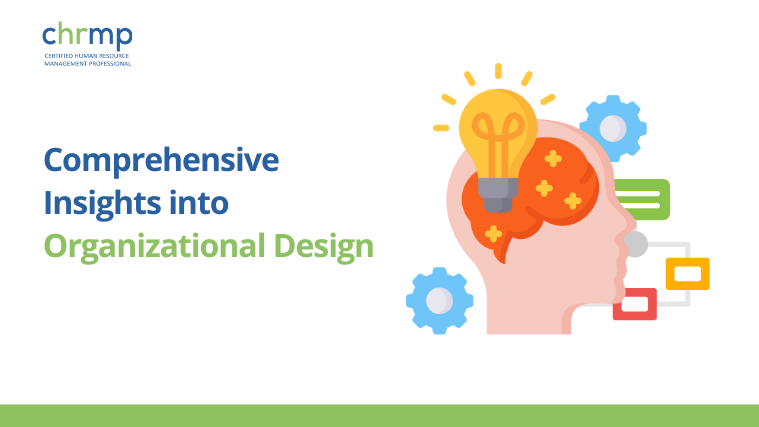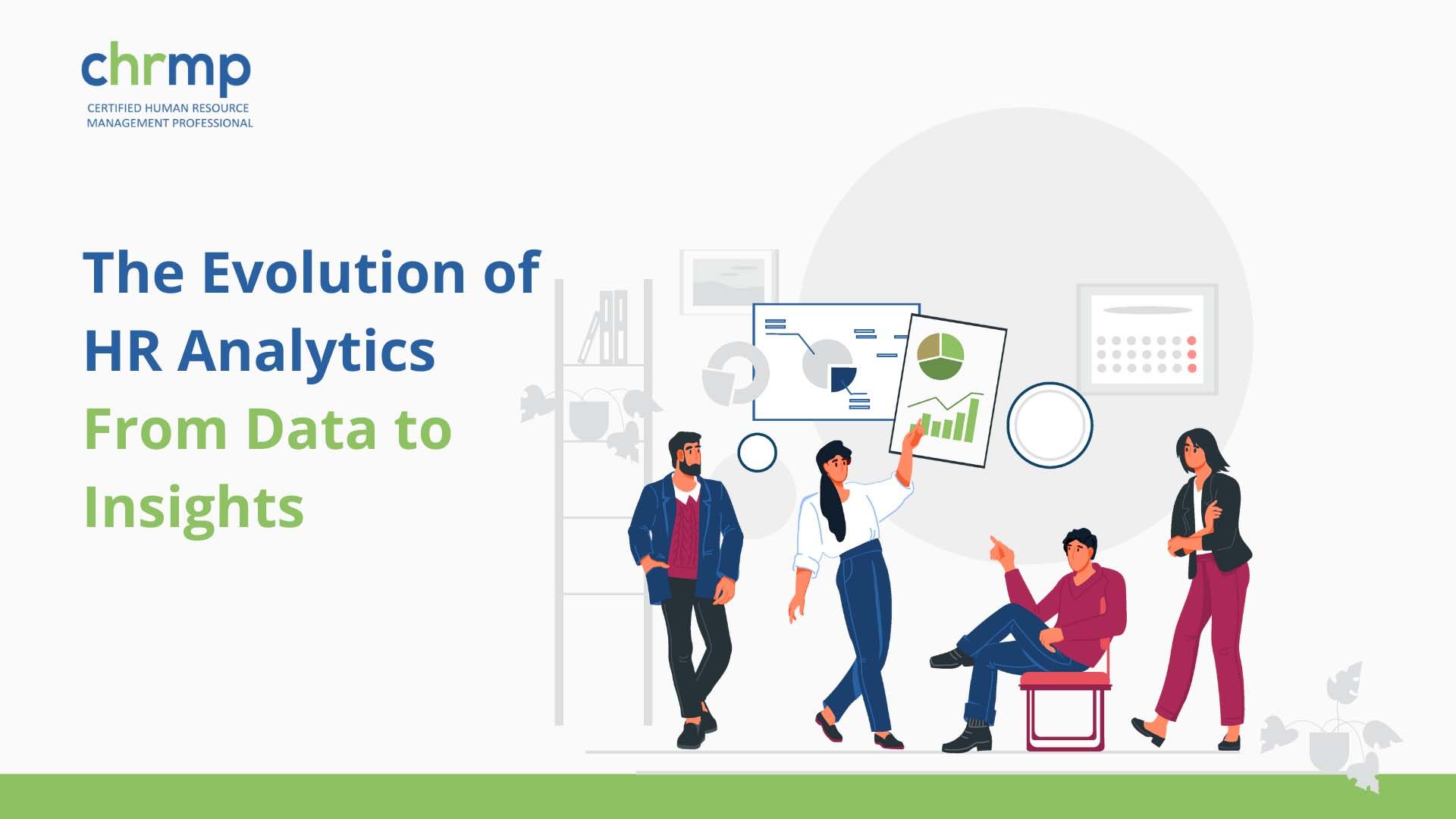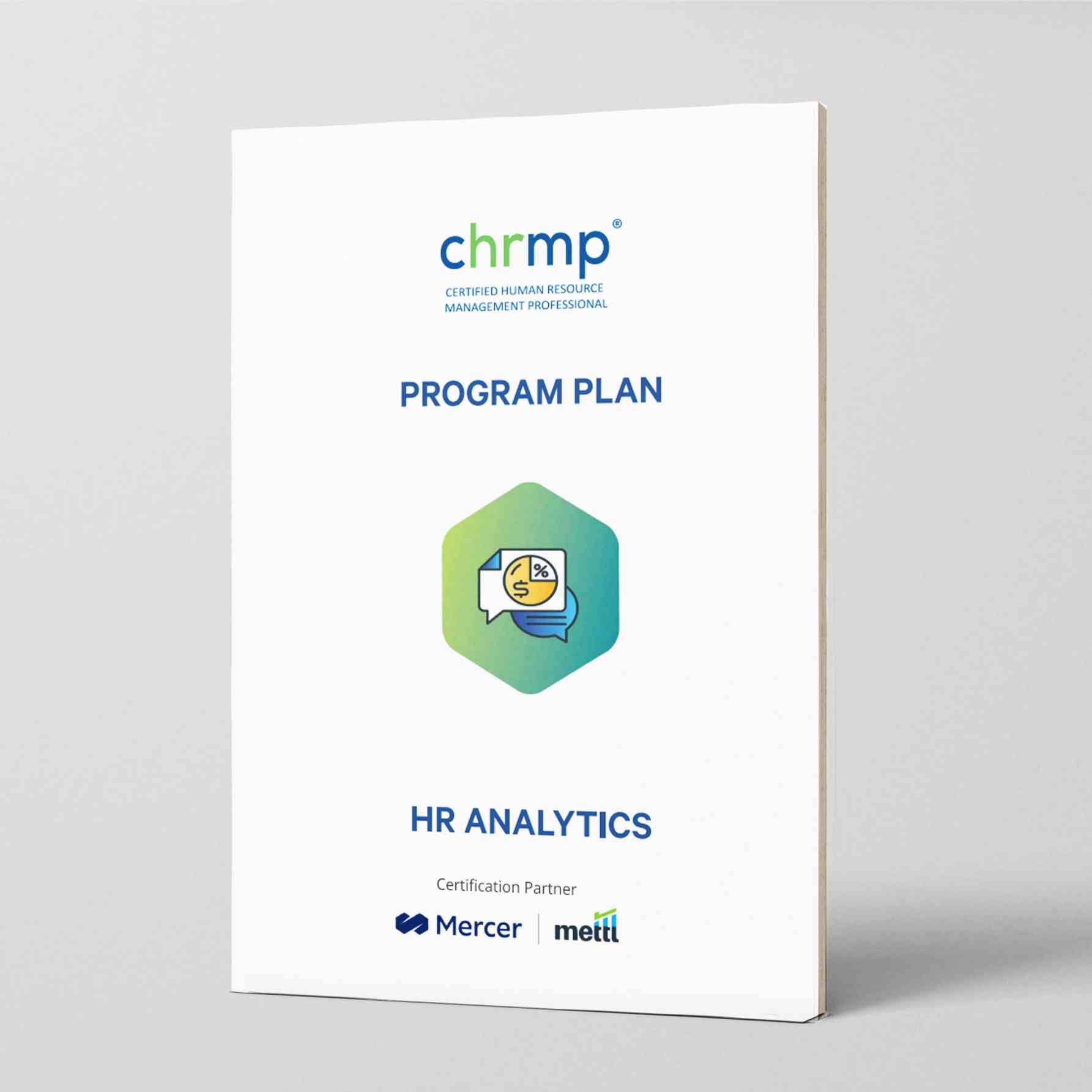

The field of human resources has undergone a significant transformation over the past few decades.
Human resources’ original duty as essentially an administrative one has changed to one that is now strategic, data-driven, and geared towards achieving corporate goals.
The evolution of HR analytics has partly influenced this change.
Employer behaviour, performance, and engagement are just a few of the many characteristics of the workforce that may be measured, analysed, and understood via the use of data and statistical approaches in HR analytics.
Organizations may improve their hiring, retention, employee development, and organisational performance by utilising data to get insights into their workforce.
HR analytics has grown in importance as a tool for contemporary organisations in recent years.
The capacity to evaluate and make sense of the increasing quantity of data that is accessible to enterprises has become essential to attaining commercial success.
In light of this, this blog post will examine the evolution of HR analytics, starting with its early roots in industrial and organisational psychology and ending with its current status as a cutting-edge area that is influencing the future of work.
We will also look at current HR analytics trends and forecasts and how HR analytics affects organisational performance and decision-making.
The industrial and organisational psychology area, which first appeared in the early 20th century, can be linked to the origins of HR analytics.
At that time, academics were interested in learning more about the elements that affected employee performance and behaviour at work.
This sparked the creation of several evaluation methods and instruments, including personality assessments, cognitive function measures, and work analysis methods.
In order to assess and comprehend employee behaviour and performance, the area of human resources started to embrace some of these methods and methodologies in the 1960s and 1970s.
However, the majority of the data collecting and analysis operations were still done manually, and the data was frequently restricted to the most fundamental demographic data, such age, gender, and educational attainment.
In the 1980s and 1990s, as computer technology evolved, HR started to investigate the possibility of utilising technology to automate and simplify data gathering and analysis.
Spreadsheets, databases, and simple statistical tools were used by HR experts to analyse data and spot patterns in employee performance and behaviour.
At the time, HR analytics was still a rather specialised topic, and many businesses needed more funds or the know-how to engage in data analytics.
However, a select group of early adopters, like IBM and General Electric, started to see how HR analytics might enhance their HR procedures and provide positive business outcomes.
In general, the early history of HR analytics was defined by a gradual acceptance of new approaches and tools for data analysis, motivated by a rising knowledge of the significance of assessing and comprehending employee performance and behaviour.
The foundation for the present HR analytics sector was set by the early approaches and techniques, which may need to be revised in comparison to today’s sophisticated analytics technologies.
The advancements in the use of data to determine the workforce of a company are referred to as the evolution of HR analytics.
This has encompassed the creation of new technologies like artificial intelligence and machine learning as well as a stronger emphasis on the significance of data security and privacy.
HR analytics are becoming a crucial part of modern HR practises and are assisting businesses in enhancing employee engagement, fostering more inclusive work cultures, and achieving corporate objectives.
Technology advancements, data analysis techniques, and a rising understanding of the significance of data-driven decision making in human resources have all contributed to the evolution of HR analytics.
HR analytics has evolved over the past two decades from a specialised topic to a crucial element of contemporary HR operations.
The growing accessibility and availability of data has been one of the major forces behind the development of HR analytics.
Organizations have been able to utilise the data to learn more about their workforce and make better decisions as more and more data has been available.
Technology advancements like cloud computing, big data, and data visualisation tools have made it feasible for businesses to store, process, and analyse massive volumes of data fast and effectively.
The increasing application of predictive analytics has been a key advance in the development of HR analytics.
Organizations may forecast future workforce trends and take proactive measures to address these patterns by studying historical data and employing statistical models.
This has made it possible for firms to spot and handle potential HR concerns before they become serious difficulties.
The creation of HR technology platforms has significantly influenced the development of HR analytics.
These platforms give HR data a central location, which makes it simpler to gather, examine, and report on worker data.
Additionally, HR technology systems include a variety of sophisticated analytics tools and techniques, including machine learning and artificial intelligence, that may be used to learn more about the actions and productivity of the workforce.
Overall, technological and data analysis methodology advancements have spurred the expansion of HR analytics, which has been defined by a trend towards data-driven decision-making.
The potential for HR analytics to generate business success will only increase as companies continue to gather and analyse more data.
The evolution of HR analytics has led to a rising understanding of its significance in achieving corporate goals and enhancing employee satisfaction, while also placing an emphasis on data security and privacy.
The importance of HR analytics in advancing business objectives and boosting performance is on the rise as firms continue to gather and analyse more data.
One of the major developments in the evolution of HR analytics today is the expanding usage of artificial intelligence and machine learning.
These tools can supplement human analysis by quickly and effectively evaluating vast volumes of data, identifying patterns and trends that may not be immediately apparent to human analysts.
By utilising AI and machine learning in HR analytics, organisations can obtain deeper insights into their workforce and make better decisions.
The growing significance of data privacy and security is another aspect of the evolution of HR analytics today.
Organisations are investing in safe data storage and analysis techniques, setting data privacy rules, and performing routine security audits to ensure that sensitive employee data is safeguarded and used appropriately.
Moreover, modern HR analytics places an emphasis on enhancing employee experience and engagement.
By examining data on employee behaviour, preferences, and feedback, organisations can identify areas where the employee experience can be improved and a more engaging workplace created.
This might include enhancing communication, providing opportunities for professional growth, and delivering rewards and incentives that meet the requirements and preferences of the workforce.
Overall, the evolution of HR analytics has led to a rising understanding of its significance in enhancing employee satisfaction and achieving company goals.
As technology continues to evolve and more data becomes available, the potential for HR analytics to help organisational performance will only increase.
Further technological developments, expanded use of machine learning and AI, and a stronger focus on diversity, equality, and inclusion (DEI) in the workplace are expected to define the future of HR analytics.
The following are some of the major developments that will probably influence HR analytics going forward:
AI and predictive analytics: As technology advances, we may anticipate seeing more of these tools used in HR analytics.
As a result, businesses will be able to spot trends and patterns in employee behaviour and take proactive action to resolve problems before they arise.
Real-time analytics: Real-time analytics will become increasingly common in HR analytics, enabling businesses to track and examine workforce data in real-time and make prompt modifications as necessary.
DEI analytics: With firms utilising data to monitor and enhance diversity, equality, and inclusion in the workplace, there is likely to be an increased focus on DEI in HR analytics.
Data on diversity in recruiting, promotions, and leadership positions will be analysed, and the effects of DEI programmes on employee engagement and productivity will be measured.
Analytics for employee well-being: As the value of employee well-being is better understood, we may anticipate seeing more firms use HR analytics to monitor and enhance employee well-being.
This will entail looking at data on things like employee stress levels, work-life balance, and physical health and applying this information to make workplaces more encouraging and healthy.
Greater integration with other corporate functions: Operations, marketing, and finance will all be better integrated with HR analytics.
As a result, businesses will be able to make decisions based on facts that align with their overall company objectives and strategy.
Overall, it is anticipated that the future of HR analytics will be marked by continuous technological developments and a greater focus on using data to drive business outcomes, enhance the employee experience, and support DEI in the workplace.
Numerous businesses have implemented HR analytics to enhance their HR procedures. Several instances include:
Google – Collects information on employee happiness, identifies areas for development, and creates initiatives to enhance employee well-being using HR analytics.
IBM – Employs HR analytics to evaluate the success of its initiatives for employee retention and recruiting and to pinpoint any skill shortages in its workforce.
Procter & Gamble– Employs HR analytics to monitor employee growth and performance and find future leaders.
Royal Dutch Shell- Utilises HR analytics to assess the success of its training initiatives and to pinpoint areas where staff members want more assistance.
American Express– Employs HR analytics to anticipate employee attrition and pinpoint the causes of turnover, allowing the business to take proactive measures to keep its best employees.
These are just a few instances of businesses employing HR analytics to enhance their HR procedures and provide profitable outcomes.
The evolution of HR analytics has made significant strides since its inception, thanks to technical developments and a growing understanding of the value of data-driven decision-making in human resources.
The field of HR analytics has transformed from a somewhat specialised topic to a crucial part of contemporary HR operations.
Nowadays, businesses can acquire insights into their workforce and make better decisions through the help of HR analytics.
The evolution of HR analytics in achieving company goals and enhancing the employee experience is now more widely acknowledged.
As technology continues to improve, we may anticipate significant developments in HR analytics, with more usage of machine learning and AI, a focus on diversity, equity, and inclusion in the workplace, and a stronger emphasis on employee well-being.
Businesses who adopt data-driven decision-making in their HR operations and invest in HR analytics will be well-positioned to thrive in a market that is changing quickly.
The promising future of the evolution of HR analytics can help organisations enhance employee engagement and productivity, acquire deeper insights into their workforce, and build more inclusive, encouraging work cultures that promote innovation and development.
Consider becoming certified by the Certified Human Resources Management Professional (CHRMP) programme if you want to advance your HR analytics abilities.
The comprehensive curriculum offered by the CHRMP certification programme covers every facet of HR analytics.
By obtaining this certification, you may show potential employers that you have the abilities necessary to thrive in this quickly changing industry.
Visit the CHRMP website right away to discover more about their certification programme and to begin your road towards becoming a certified HR analytics professional if you’re prepared to advance your HR analytics career.
1.What is HR analytics?
Using data to make educated decisions about a company’s employees is known as HR analytics.
2. What is the history of HR analytics?
Since businesses began using data to make HR decisions in the 1970s, HR analytics has been a thing. Since then, the discipline has developed tremendously as a result of technological developments and rising awareness of the value of data-driven HR decision-making.
3. What is the current state of HR analytics?
A rising understanding of its significance defines the present status of HR analytics in achieving corporate goals, more reliance on AI and machine learning, a focus on data security and privacy, and a stronger emphasis on enhancing diversity, equity, and inclusion at work.
4. What will the future of HR analytics look like?
Real-time analytics, a focus on diversity, equity, and inclusion, a priority on employee well-being, more use of predictive analytics and AI, and better interaction with other business functions are some future trends in HR analytics.
5. Why are HR analytics crucial?
HR analytics are crucial because they help businesses understand their staff and make better decisions. Organizations may increase employee productivity and engagement, foster more diverse and inclusive work cultures, and enhance business outcomes by leveraging data to inform HR decisions.
6. What is the evolution of HR analytics?
HR analytics evolved from basic HR reporting to predictive analytics and AI-driven insights. Initially focused on tracking workforce metrics, it now integrates big data, machine learning, and business intelligence to improve decision-making, employee engagement, and productivity.
7. What are the four types of HR analytics?
The four types are:
8. Who is the father of HR analytics?
Jac Fitz-enz is considered the father of HR analytics for pioneering workforce metrics and HR data-driven decision-making.
9. Who is the Indian father of HR?
T.V. Rao is known as the father of HR in India, having contributed significantly to HR development, learning systems, and competency-based management.
10. What is another name for HR analytics?
HR analytics is also known as workforce analytics, people analytics, talent analytics, or human capital analytics, depending on its application.
© 2007-2025 CHRMP| All Rights Reserved | Powered by Ripples Learning & Research Private Limited

Fill in the below details to get a CHRMP HR Analytics Program Plan.
